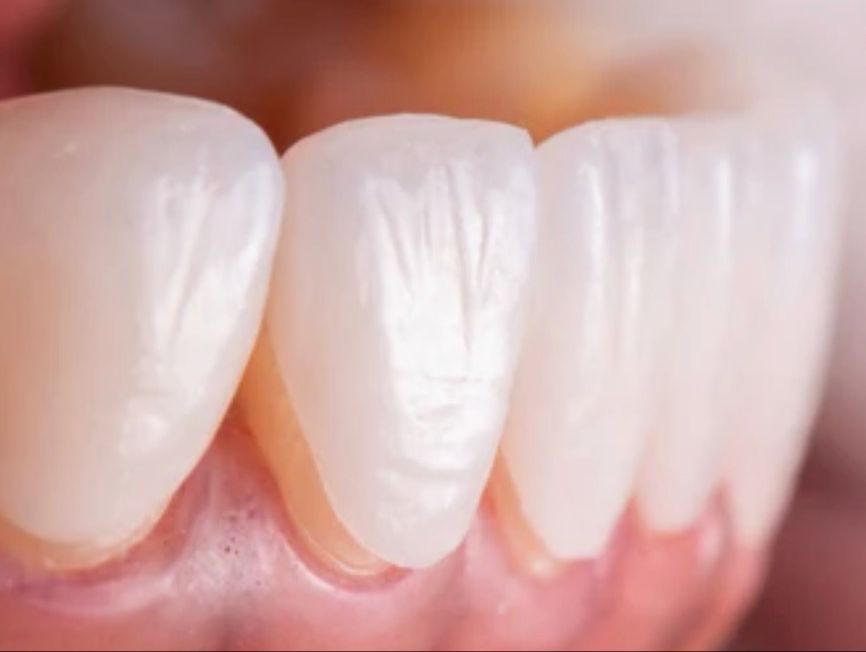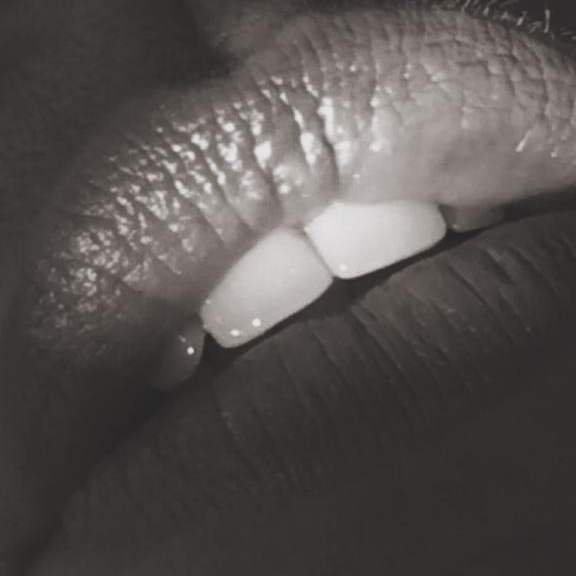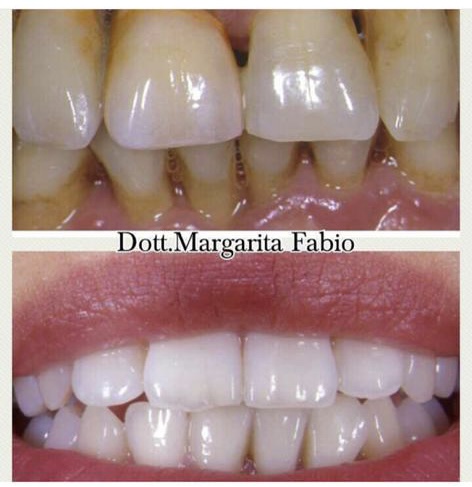Mock ups, veneers, weener addiction, zirconia and lithium disilicate: we are reaching the perfection so that orthodontic appliances are no longer visible. In the last few years, digital processing softwares have been developed. They are equipped with an immediately readable graphical interface, which allows the clinician to evaluate the result obtained according to fundamental anatomical and clinical criteria through an extensive freedom of action , also in collaboration with the patient himself: face analysis, smile study, with particular attention to lips and gum tissues, dental analysis. In order to make a more academic rather than clinical clarification, even for dentistry it would be necessary to distinguish cosmetics from aesthetics; it is certain that the cleaning of teeth, teeth whitening, removal of stains of various kinds on the one hand and dental veneers, restoration for trauma and pathological events, capsules, prostheses and orthodontic appliances on the other hand are, can and must be all interventions that without neglecting the functional aspect of the chewing apparatus, contribute to the achievement of a satisfactory result for the patient.
Mock up literally means a diagnostic template, also called overlay, capable of previewing any changes in shape and position of the teeth as through an accurate analysis done by a dental laboratory on analogic or digital models. The composite mock-ups represent a method to evaluate the aesthetic patient’s expectations, allowing him/her to view the final result in advance. The mock up, being wearable by the patient himself, is not only a diagnostic and planning tool but can be considered a real emotional tool capable of bringing out his/her real desires and final essential satisfaction; all this before any intervention on the dental elements indeed. The intervention itself means a proper preparation in addition to smoothing of teeth in order to place either dental-crowns – today thanks to new materials, such as zirconia and metal-free lithium disilicate, i.e. without support metallic and therefore completely white – or veneers, thin sheets of ceramic or composite resin, applied to the external teeth surface. A particular type of veneers are the so-called “addiction” which, being ultra-thin, can be applied without the tooth being abraded. The evolution of dental reconstructive therapies goes through the usage of new metal-free materials characterized by a high level of aesthetics and biocompatibility, such as zirconia and lithium disilicate. Zirconia is characterized by a very high level of resistance, so it is suitable for making bridges on both natural teeth and implants, without any need for metal support, and also by a high biocompatibility, because of very limited bacterial adhesion to its surface.
Lithium disilicate is particularly suitable for partial or total single tooth restoration; being characterized by high biocompatibility, it is less resistant than zirconia, but has a higher static value. The main advantage is the possibility of creating a restoration that can be glued to the tooth: this is how it is possible to create or recreate the shape and aesthetics in a conservative way, often avoiding to file the tooth.











